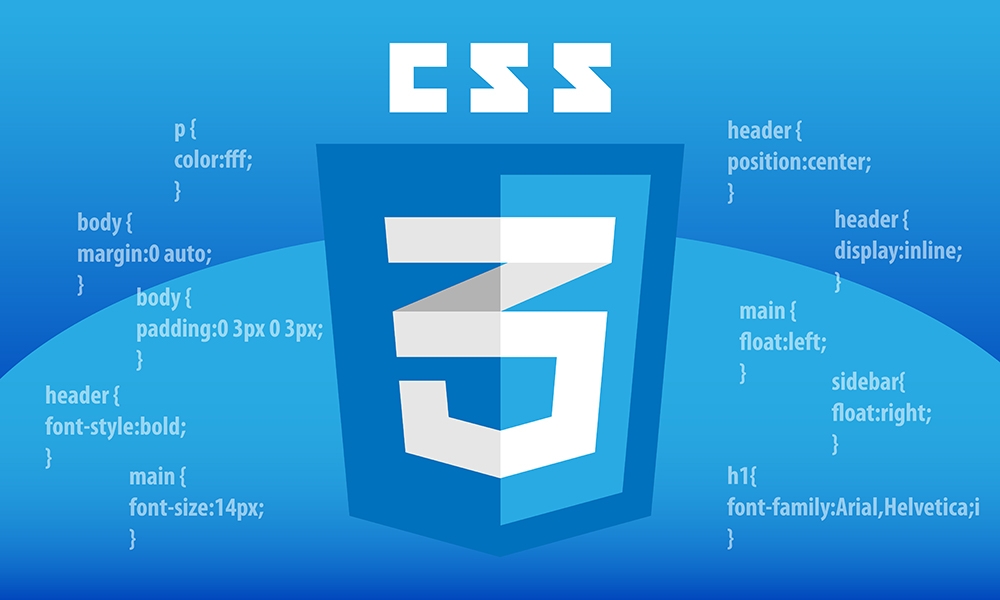How is Heater work 🤔🤔

A heater operates based on the fundamental principles of heat transfer, typically using electrical energy to generate warmth. The primary mechanisms involved in the functioning of a heater include conduction, convection, and radiation. Conduction: One of the fundamental principles behind heating is conduction. In a heater, electricity flows through a conductive material, such as a wire or a heating element. As the electric current passes through this material, it encounters resistance. According to Joule's law, the electric energy is converted into heat energy as a result of this resistance. This process is akin to rubbing your hands together to generate warmth – the friction between your hands produces heat. Heating Element: The heating element is a crucial component in most heaters. It is typically made of materials with high electrical resistance, such as nichrome alloy. When an electric current passes through the heating ...






